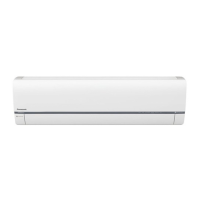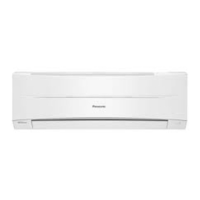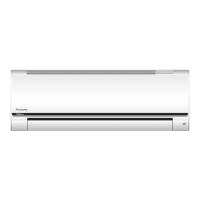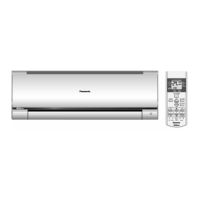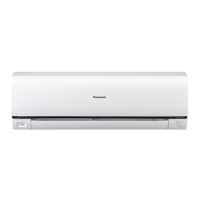© Panasonic Appliances Air-Conditioning (M) Sdn. Bhd. 2012.
Unauthorized copying and distribution is a violation of law.
Order No: PHAAM1201103C3
Indoor Unit Outdoor Unit
CS-PS9NKV
CS-PS12NKV
CS-PS18NKV
CS-PS24NKV
CU-PS9NKV
CU-PS12NKV
CU-PS18NKV
CU-PS24NKV
WARNING
This service information is designed for experienced repair technicians only and is not designed for use by the general public.
It does not contain warnings or cautions to advise non-technical individuals of potential dangers in attempting to service a product.
Products powered by electricity should be serviced or repaired only by experienced professional technicians. Any attempt to
service or repair the products dealt with in this service information by anyone else could result in serious injury or death.
PRECAUTION OF LOW TEMPERATURE
In order to avoid frostbit, be assured of no refrigerant leakage during the installation or repairing of refrigerant circuit.


